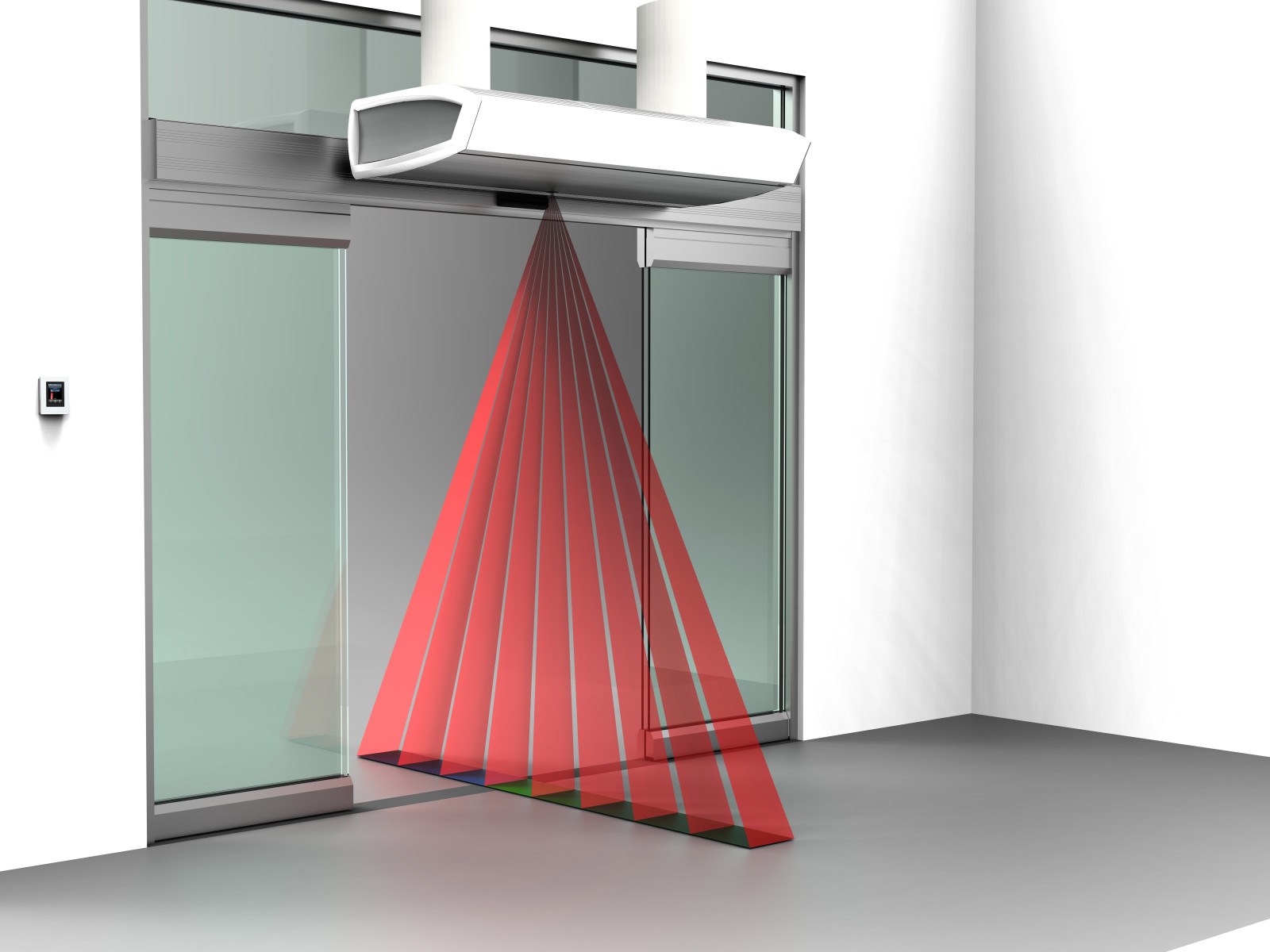The very nature of public buildings, including museums, galleries, hospitals, and civil offices, demands careful consideration of entrance design due to high footfall and pedestrian traffic. In this insightful guide by Biddle, discover the use of air curtains as entry solutions and delve into the technology behind them.
To fully understand the applications and benefits of air curtains in civil and public buildings, it is crucial to grasp their function, operation, and technology. Air curtains are designed to separate external and internal climates without physical barriers such as doors or shutters. Additionally, they condition the incoming air by controlling velocity, volume, direction, flow, and temperature.
Without climate separation equipment, regular use of entrances and access points can lead to a gradual temperature shift, closely aligning with the external ambient temperature. This phenomenon, known as "natural convection," occurs due to differences in air densities. However, the loss of heat through open doorways or cooled air in air-conditioned environments negatively impacts heating or cooling efficiency, increases energy costs, and affects occupant comfort.
Public buildings such as retail stores, leisure centers, libraries, and local authority buildings exemplify environments where the consideration of open doors is essential. Air curtains offer a solution by creating a clean separation between internal and external climates while being efficient and cost-effective to operate.
While the key factors of air velocity, volume, direction, flow, and temperature are well-known in air curtain design and performance, extensive research conducted by Biddle Holland, Novem, TNO, The University of Groningen, and BSIRA brought a true understanding of their inter-relationship and importance. Through computer simulation, wind tunnel testing, and analysis of real buildings, the research yielded insights into air behavior, air curtain performance, and temperature profiles.
The acquired intelligence led Biddle to reevaluate air curtain design, resulting in the development of a new range called 'Invisidor.' This range incorporates design advancements, including a patented air rectifier that ensures laminar flow for an effective air screen. Additionally, Invisidor air curtains offer six operating speeds to maintain air screen integrity even in the face of strong wind velocities.
Furthermore, Invisidor air curtains can be seamlessly integrated into sophisticated building management and climate control systems or function as stand-alone units controlled by an intelligent touchpad controller. When set to automatic mode, the Invisidor optimizes fan speed, air discharge temperature, and velocity based on its internal controls.
In terms of access design, public buildings pose similar challenges to commercial or retail operations. Architects, facilities managers, and engineers strive to create open and welcoming environments without compromising employee comfort or increasing energy bills. Air curtains address these specific needs by providing an invisible climate barrier and minimizing heat losses caused by frequently opened doors.
In conclusion, air curtains are a versatile solution for public buildings, offering invisible climate separation, energy savings, and enhanced comfort. Embrace the power of air curtain entry solutions to optimize the entrance design of public buildings, creating an environment that is both welcoming and efficient.
